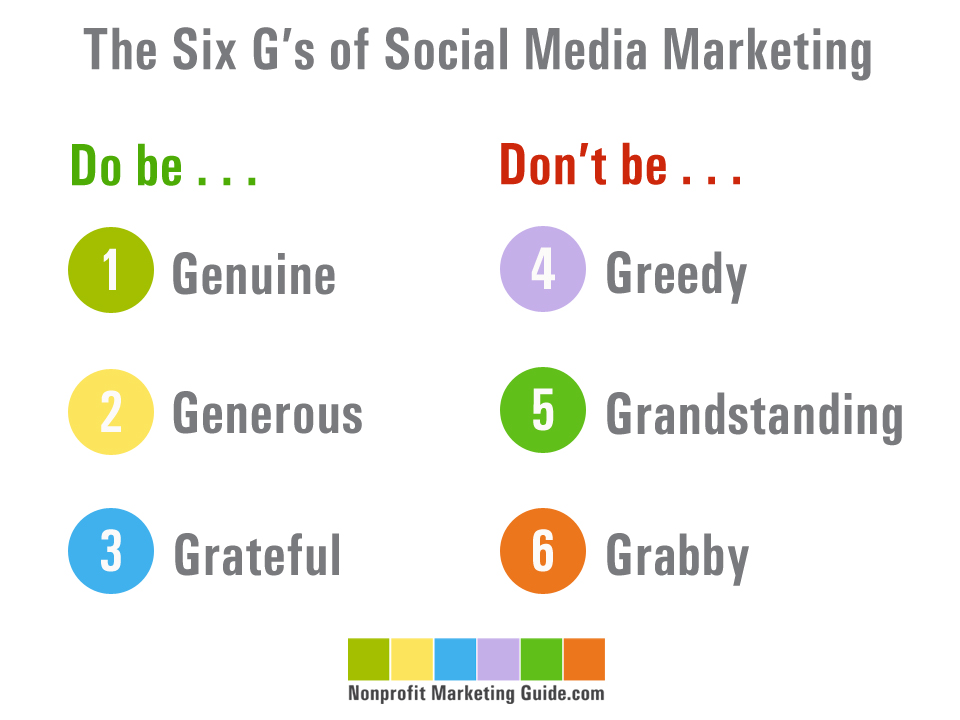Over the summer the Peel District School Board released
Social Media Guidelines for staff. To most this may seem inconsequential; however, to many who are in the teaching profession, this is a monumental step. The debate nonetheless, is whether this step is forward or backward? To lots of staff, these guidelines present a new set of 'rules' that may hinder their ability to connect & communicate. To others, it allows them to do so in a way that they can feel safe & supported. In spite of this debate, and no matter which side of the fence one may fall on, I truly believe these guidelines are in existence to help those willing navigators of social media.

I feel I also need to be clear when it comes to writing this post. I write this not as a strong advocate of these guidelines (although I am), but as a teacher who wants to clarify these guidelines, and present them as just that, guidelines. If you choose to stay away from social media because of the fear of reprimand or safety, so be it. It's unfortunate, but I do understand. As someone who is on Twitter, Google, Youtube, and this blog for instance, I have seen myself grow as an educator in ways never before imaginable; and wants others to experience similar growth. So read on, or don't, I can only suggest it might be worthwhile.
So let's first quickly understand the necessity of social media guidelines. Consider this:
Social media has become an important part of both students and teachers' lives. More teachers are embracing it than ever before, because they see how it has become such a part of their students' daily habits. They realize that if they can harness such an interest, and use it to connect, collaborate, create, and communicate with their class, they may create a much more enriching learning experience.
Second, teachers, administrators and other staff are looking more and more to support their professional practice on their own time, in their own way. They are looking to social media to make such connections and develop professional learning networks.

Third, many teachers' federations and unions have long held the belief that social media is a negative environment that can jeopardize their members' careers. However, they too are quickly realizing the importance social media plays in their members' professional development, and are looking to support their members' practice; which is why the Elementary Teacher's Federation of Ontario, Ontario Secondary School Teachers' Federation, and the Ontario Principals' Council all reviewed and provided input on Peel's guidelines.
So what do you need to know about the guidelines?
Really it all boils down to one very simple idea:
Be professional. However, this may be a little too simple for some, so here are my 5 takeaways that might help you better understand the guidelines.
1. Personal is Professional

No matter when you post to social media, you do so as a professional. There is no such thing as 'personal' anymore, even if you think you are in a 'secure' environment (just ask Jennifer Lawrence or whoever was operating American Red Cross' Twitter account on that fateful day). As educators, we are role models. Always. It may seem overwhelming at times, but this doesn't mean you have to act the choir boy/girl. It really just means be your professional self. Posting things about education is good. This is pretty straightforward. However, it becomes a little murky when you post things about your personal interests. Personally, I choose to still post things about the books I'm reading, podcasts I'm listening to, events I attend, activities I partake in, and some things I do with my family. I don't post everything, not because it's inappropriate, just because I don't care for the entire world to know everything about me.
2. Create a Class/Teacher Account

If you are looking to use social media as a part of your blended learning environment, then I highly suggest
creating an account that differs from your professional one. If this is the only account you use (ie. you don't have a professional account) than that is great too. Why I suggest this is because it declutters the information you are posting. If your students/parents/community have to sort through your posts, filtering out your vacation tweets, from your 'what happened in class today' tweets, then it gets a bit frustrating for them. Simplify things. It might mean you have to manage your activity a bit more, but I really think your students will appreciate it.
3. Communicating with Students
So having your classroom/teacher account now means you have to communicate with students. The question becomes in what ways? One of the first things I and the guidelines agree upon is NOT following students. Do you really want to see/hear that? If students want to follow you, then let them. Encourage your students' parents to as well. If they don't want to, they can always pick up on class information if you use a hashtag (eg. #rhsscgw). They can now search for that hashtag and see all the posts that include it; which for the most part will be your posts. As well, they can always see your tweets if they simply access your page on Twitter.
Here's mine for instance if you don't want to follow me?
4. Open the Window to Your Classroom

This pertains to sharing what goes on in your classroom. My advice: do so! I take this simple stance:
When my son is of age to go to school, do I want to know what goes on in his classroom by seeing it myself? Or do I want to have to ask him every day after school, and hope that he wants to share with me?
My opinion is that it would be amazing that I could engage in a conversation whereby I ask him to tell me about an activity I saw his class doing; rather than asking him to tell me what he did that day.
I do understand there are some privacy concerns, and definitely make sure consent forms are signed (or not signed depending on age level); but there are easy ways to still share without
totally sharing. For example, when I show pictures of what my students were working on, I show the work itself, and not necessarily the students. If I did want to show the students, and even if they had a consent form signed, I still ask them, just to be sure. Most of the time however, I wouldn't show their faces, and would avoid using full names. Plus, you don't have to show any visuals if you don't feel comfortable doing so. Lot's can still be said in 140 characters or less!
5. Social Media is NOT a 24/7 Job
Many educators fears are that if they engage in social media, their students can 'get' them at all hours of the day. If by 'get' you mean they can tweet you, then yes, they can do that at all hours. However, this doesn't mean you have to respond. One of the first steps I take with my students when I inform them about my social media presence, and the connection they have with me, are my 'digital hours'. I still encourage them to tweet me if they have questions after class or school, but I also tell them there is no guarantee I respond. I especially make this clear when it comes to requests that are urgent and time-sensitive. Most students understand this, some may take a while, but they will come to respect this, and just appreciate the fact they can still connect outside of the four walls of the classroom.
The guidelines are here to help. They can seem overwhelming and scary, but like any piece of technology, consider the purpose of social media. Why are you using it? Remembering this simple question should help you navigate, connect, and learn from many amazing individuals.
 I have never (well maybe rarely) used any of the phrases William Shakespeare so eloquently penned in his great works. As I have said, I understand his works are masterpieces; and believe me, I wish I appreciated them then like I do now. However, I also understand that when I speak to family, write an email to coworkers, or text my friends, I don't utter the phrase "Where art thou?"
I have never (well maybe rarely) used any of the phrases William Shakespeare so eloquently penned in his great works. As I have said, I understand his works are masterpieces; and believe me, I wish I appreciated them then like I do now. However, I also understand that when I speak to family, write an email to coworkers, or text my friends, I don't utter the phrase "Where art thou?"



























